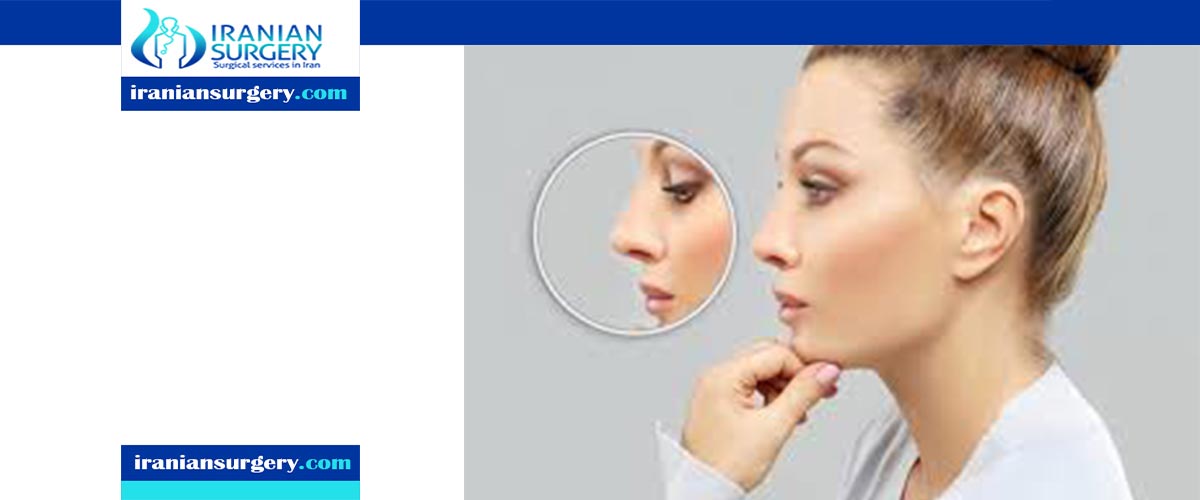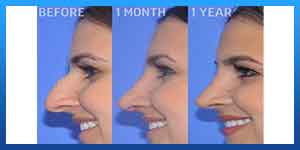Rhinoplasty healing stages

Rhinoplasty healing stages
Rhinoplasty healing time
- Most important: follow all instructions provided by your rhinoplasty surgeon.
- Attend all scheduled post-op appointments.
- Contact your surgeon immediately if you think anything is wrong.
- Ask family or a friend to help take care of you for the first 2-3 days following your procedure (although 1 week is ideal).
- Schedule time for rest and relaxation (2 weeks off work is ideal).
- Take all prescribed medication as directed.
- Aspirin (and other blood thinners) should be avoided for 2 weeks before and after your procedure.
- Refrain from blowing your nose or bending over until cleared by your surgeon.
- Go for a walk after day 4. Light physical activity can help improve your circulation and speed up the healing process.
- A cold compress (a frozen bag of peas for example) should be used around the eyes and nose to help reduce swelling and discomfort during the first week.
- Drink lots of water and eat a healthy diet featuring lighter foods. Nutritional supplements (such as Mend) that help in surgical healing are often helpful.
- Get plenty of sleep.
- Do not drink alcohol for at least 2 weeks following your surgery.
- If you need to sneeze, expel your sneeze through the mouth instead of the nose.
- Take extra precautions to limit the chances of bumping or hitting your nose.
- Wearing glasses is usually OK as soon as the cast is removed, but check with your surgeon first.
Read more about : Rhinoplasty surgery before and after
Read more about : Rhinoplasty podcast with Dr Afshan shah
Read more about : Rhinoplasty surgery , Before and after surgery Videos
Read more about : Nose job simulator
Read more about : Rhinoplasty in Iran
Tips to Speed Up Your Rhinoplasty Recovery Time
The average rhinoplasty recovery time is one year. That may sound like a long time, but it becomes much more manageable when it’s broken down into a timeline. The following recovery milestones may vary from patient to patient, but generally, it goes something like this:
1 Week: The splint can be removed from your nose and you can go out in public without showing noticeable signs of surgery unless there is bruising around the eyes. This may take 2 weeks to resolve. It is safe to resume activities of daily living.
2 Weeks: The majority of the facial swelling has subsided and most of the bruising should have resolved.
3-4 Weeks: You can safely return to cardiovascular activities such as jogging, swimming and cycling.
6 Weeks: The bones are stable, you can resume resistance workouts (weight lifting), wearing glasses and blowing your nose.
3-6 months: The numbness and abnormal sensations in your nose and nasal skin should be resolved.
1 Year: Most people do not even visit the surgeon for a follow up after a year since swelling completely disappears in most cases. But if your skin is very thick or if you underwent a complex nose surgery, then it may take a little longer for the final results to show.
The process may also get delayed if you needed a second surgery due to complications or the result not being close to what you had desired.


